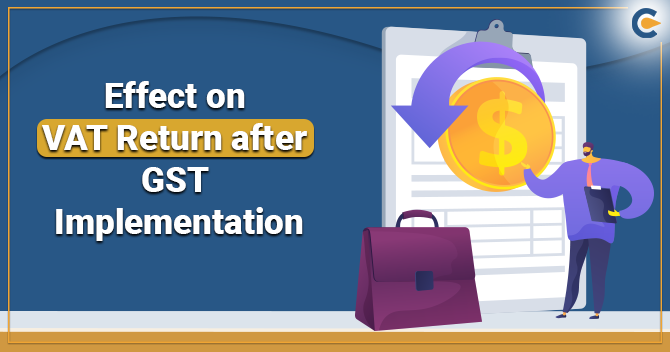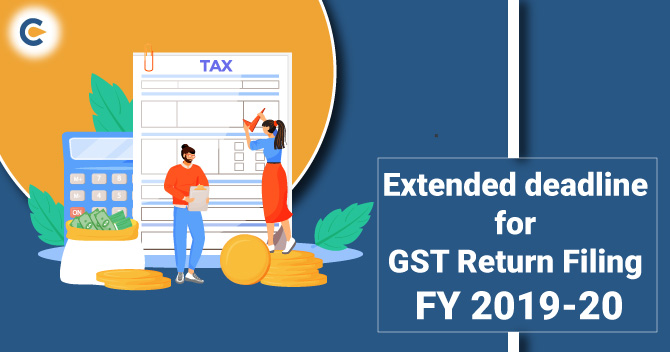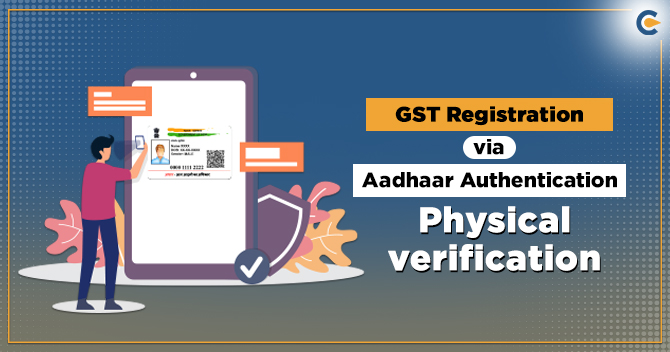Four years of GST implementation are to be completed. Initially, it was expected that the industry would have an estimated period of two years to fully understand GST and comply with the provisions of GST law. However, it seems that more than the industry, the tax administration seems to be lagging behind. Several initiatives are being taken by the Indian government day in and day out such as amending the law, series of GST Council meetings, changes in several rates and VAT return at the end. Over the years, the necessary processes will be streamlined, but with the process of filing a detailed statement, etc. It was estimated that within four times the current pace, it seems that it will take longer to streamline business processes under Goods and Services Tax.
What do you mean by VAT Return?
VAT (Value-added tax) is a sort of indirect tax imposed for value-added goods at every point of the production or distribution cycle, starting with raw materials and going all the way to final retail purchases. VAT return was implemented on 1 April 2005. Under this, the amount of value addition is first recognized at each stage, and then taxed at the same.
Disadvantages of VAT Return
- Different VAT rates in different states
- Cascading effect of taxes
- Different VAT laws in every state
- It was not possible to claim ITC on service under VAT
Read our article:How to apply for GST registration certificate online?
What do you mean by GST?
GST is popularly known as Goods and Services Tax. It known as an indirect tax that has replaced various indirect taxes in India such as excises, VAT return, service tax, etc. The GST Act was introduced in Parliament on 29th March 2017 and came into existence on 1st July 2017.
In other word, GST is imposed on the supply of goods and services. The Goods and Services Tax law in India is a multi-tiered, comprehensive, destination-based tax imposed on every value addition. GST is a single domestic indirect tax law for the entire nation.
What are the Benefits of GST Registration?
- Higher limit for registration
- Simple and easy online process
- Prescribed treatment for e-commerce operators
- Better efficiency of logistics
- GST eliminates cascading effect of tax
- Unorganized sector is regulated under regime of GST
- Structure plan for small businesses
- Number of Compliance is less
Disadvantages of GST
- GST will mean an increase in operating costs
- GST is an online taxation system
- SMEs will have higher tax burden
- GST-compliant
- Cost increase due to software purchase
- GST came into force in the middle of the financial year
What is the Difference between VAT Return & GST Return?
| GST Return | VAT Return |
| GST taxed on both goods and services | VAT taxed on sale of goods |
| GST is applicable on supply of goods | VAT return is applicable at the time of sale of goods |
| Under GST, tax rates are uniform across India | Under VAT tax rates varies differs from state to state |
| The tax is collected by the central/state government | The tax is collected by state government in which the sale takes place |
| In GST, returns need to be filed on 20th day of every next month for the preceding month | The due dates for filing returns are 10th, 15th & 20th of the next month for the last month |
| In GST, both online and offline payment options are available (Online payment is mandatory if the GST payable is more than Rs. 10,000) | There is only offline option available |
| ITC benefit is available, i.e. a taxpayer can claim the credit on the supplies (Goods and Services) received | No ITC benefit is available on customs duty paid |
| Compliances for the supply of goods between states remains same | Compliances for the supply of goods between states differ from one state to another. |
| In GST consumer state collect tax | In VAT seller state collect tax |
Return Claims Before and After GST Implications
Before GST-Traders filed their excise June returns and VAT June quarter returns in accordance with the prevailing provisions of the current regime (unless later extended by notification). Excise returns filed by 10 July, each year. The VAT return due on July 21 (in most states). The service tax return has to be filed by 25 July.
After GST-If any refund is claimed for excise / services/VAT for products after the GST is implemented; such refund will be processed as per excise/ VAT laws.
Concluding Remark
Given the significant difference between GST and VAT, it is clear that in many ways the Goods and Service Tax can be considered as an improvement over the VAT regime. As GST develops further, we can expect additional goods and services to be included under GST. More rationalization of rates under GST is expected in the near future which will help improve indirect tax collection across India[1]. Kindly associate with the Corpbiz expert to know more about effect on VAT returns after GST implementation.
Read our article:How To Obtain GST Registration in India?











